When children or adults are consistently disturbed during sleep the brain and body suffer a significant consequence. While there are many reasons why sleep can be disturbed, the most common one is when sleep is disturbed by poor or inefficient breathing patterns.
Sleep is meant to be restful and healing, however many of us are unaware of just how detrimental to our health that breathing problems can be.
I have chosen to highlight many of symptoms and their effect on the brain and body so that as a parent, partner or concerned carer you can be more aware and seek to gain assistance if health concerns are raised.
The first few are night time symptoms, followed by daytime ‘presentations’ that are also labelled as symptomatic of disturbed or obstructed breathing during sleep.
So lets dive in and see what is becoming a significant concern for a growing number of health practitioners (like me) and the families who come across our path.
Snoring
Children and adults who snore (even softly) on a regular basis experience an interruption to their oxygen supply. The body has to work harder for air intake and the oxygen quantity is lower.

Overall health is compromised and particularly in young children, brain development is also affected. Snoring is a classic symptom of incorrect breathing during sleep and one of the first ‘indications’ that breathing is affected. Snoring in all ages is neither normal nor healthy. Elevated blood pressure, a decrease in blood oxygen levels and increased risk of stroke are just some of the systemic health concerns that have been proven to be associated with snoring.
Teeth Grinding
Folks of all ages who grind their teeth are exhibiting signs of incorrect oral function(s).

It is well recognised that teeth grinding is one of the symptoms related to Sleep Disordered Breathing. When airflow is interrupted, blood oxygen levels decrease and the body’s response can be to grind or clench the teeth to help open the airway. This is an unconscious physical reaction to an underlying functional issue. The pain and discomfort in the jaw joint and muscles (not to mention permanent teeth wear) can be quite debilitating and painful.
Sleep walking / talking
When children or adults are experiencing compromised breathing during the night the brain never really has the opportunity to ‘shut down’ and fully rest. They are often kept in a semi-sleep state as a protective measure. There are four stages of sleep and one should cycle through each stage several times during the night.
Suppose the sleeper has airway obstructions that compromise night-time breathing; the switch from one stage to another can be interrupted, causing the ‘sleeper’ to enter a stage of very active brain movement. This allows the sleeper to exhibit daytime behaviours when they are still partly asleep. Frequent sleepwalking or talking can be disruptive to sound sleep and dangerous for the person!
Night Terrors
Night terrors, or ‘parasomnias’, often occur when the sleeper does not have good quality sleep. Research has suggested that parasomnias such as sleep terrors occur significantly more in children with Sleep Disordered Breathing.

Sleep terrors occur during the deepest stage of sleep, the non-rapid eye movement (NREM) sleep. While there can be various factors that contribute to night terrors, they can be triggered by abnormal breathing patterns during sleep, the most common of which is obstructive sleep apnea
Sleep terrors differ from nightmares. The dreamer of a nightmare wakes up from the dream and may remember details, but a person who has a sleep terror episode remains asleep. Children usually don’t remember anything about their sleep terrors in the morning. Adults may recall a dream fragment they had during the sleep terrors.
Blood noses

The delicate tissues of the nose can become inflamed and weaker when airway challenges (day or night) are present. If the sleeper suffers from allergies or obstructions which affect the tissues, spontaneous nosebleeds can occur when asleep. Because of obstruction or inflammatory reasons, spontaneous nose bleeds should be considered a symptom of sleep-disordered breathing in combination with mouth breathing, allergies, sinus concerns and blocked nose symptoms.
Restless sleep
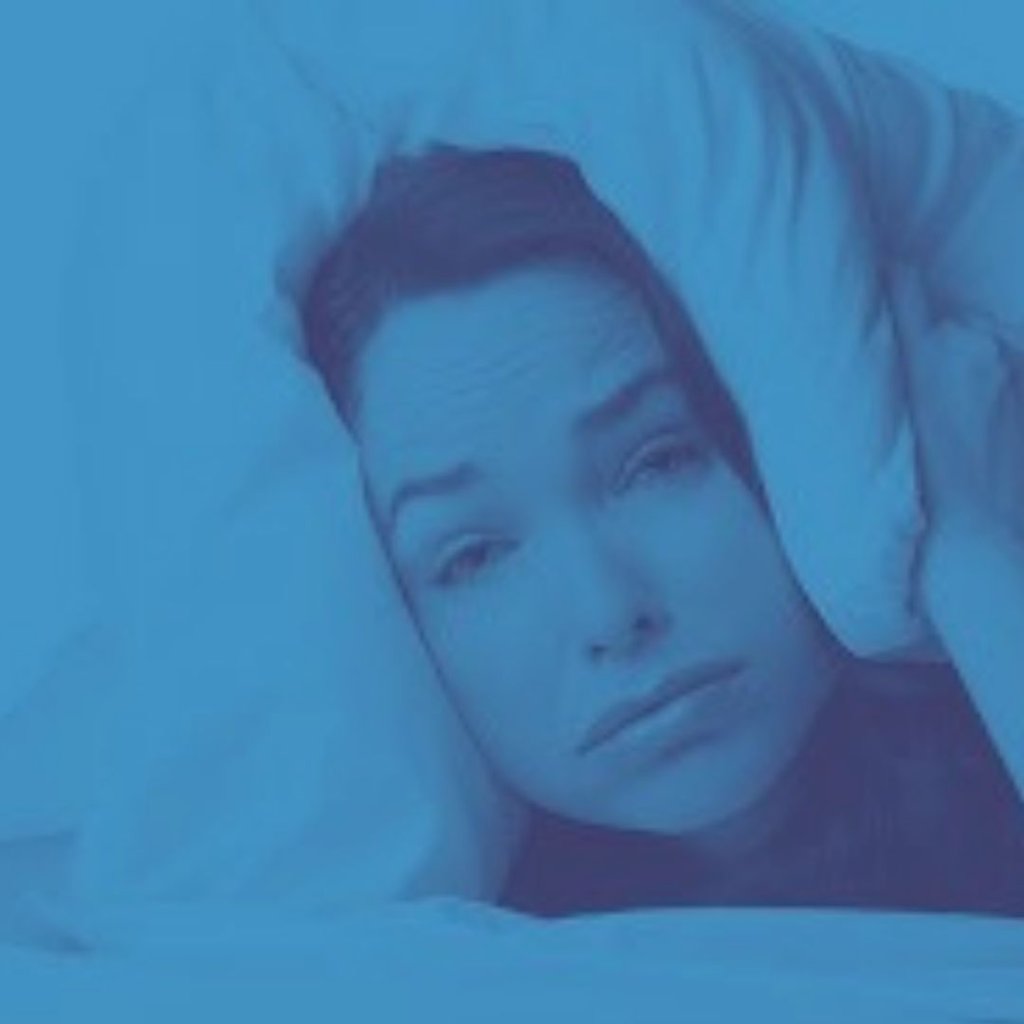
Tossing and turning all night, kicking the wall, bedclothes all tangled, and for kids, ending up facing the wrong direction or falling out of bed, indicates that sleep is far from restful no matter how long one has been in bed. If sleep is not calm and peaceful, the brain is instigating mini ‘awakenings’ to correct its apparent reduction (or absence) of oxygen as the person breathes while asleep.
Those who mouth breathe at night have an increased incidence of restless sleep which is typified by an increase in body movement (restless leg syndrome is a classic example). The brain is merely keeping the body moving to try and reset some normality in breathing. Unfortunately, in some folks, this happens over and over again all night long. No wonder they wake tired!
Audible breathing
While a little different from snoring (although some partners would agree just as disturbing 😉), noisy breathing during sleep is also ‘obstructed breathing’. The two variants in noisy breathing are when folks sleep with their mouth open (mouth breathing) or the other when their mouth is closed. In both cases, muscles or other tissues obstruct the nasal passages, and breathing is ‘strained’. Audible breathing could originate in the nose, sinus area, the pharynx or further down in the larynx. Think of audible breathing as ‘strained breathing’ and again is neither normal nor healthy. Please investigate!
Bedwetting
While it is normal for young children to wet their beds, as the child gets older, if frequent bedwetting continues, it is undoubtedly considered, in line with other symptoms, a red flag for SDB.
When sleep is initiated and passes through the sleep cycles, the brain normally shuts off the urge to urinate. Unless there has been a particular challenge (eg. excessive liquid just before bed) one can sleep through the night uninterrupted. This is why urination is ‘urgent’ in the morning as one transitions from a healthy, restful night’s sleep.
Folks who snore or have other sleep/ breathing challenges are much more likely to be woken through the night to visit the bathroom. Some children often appear to be in a ‘deep sleep’ state when they wet the bed, but in reality, this is not the case.
Excessive sweating
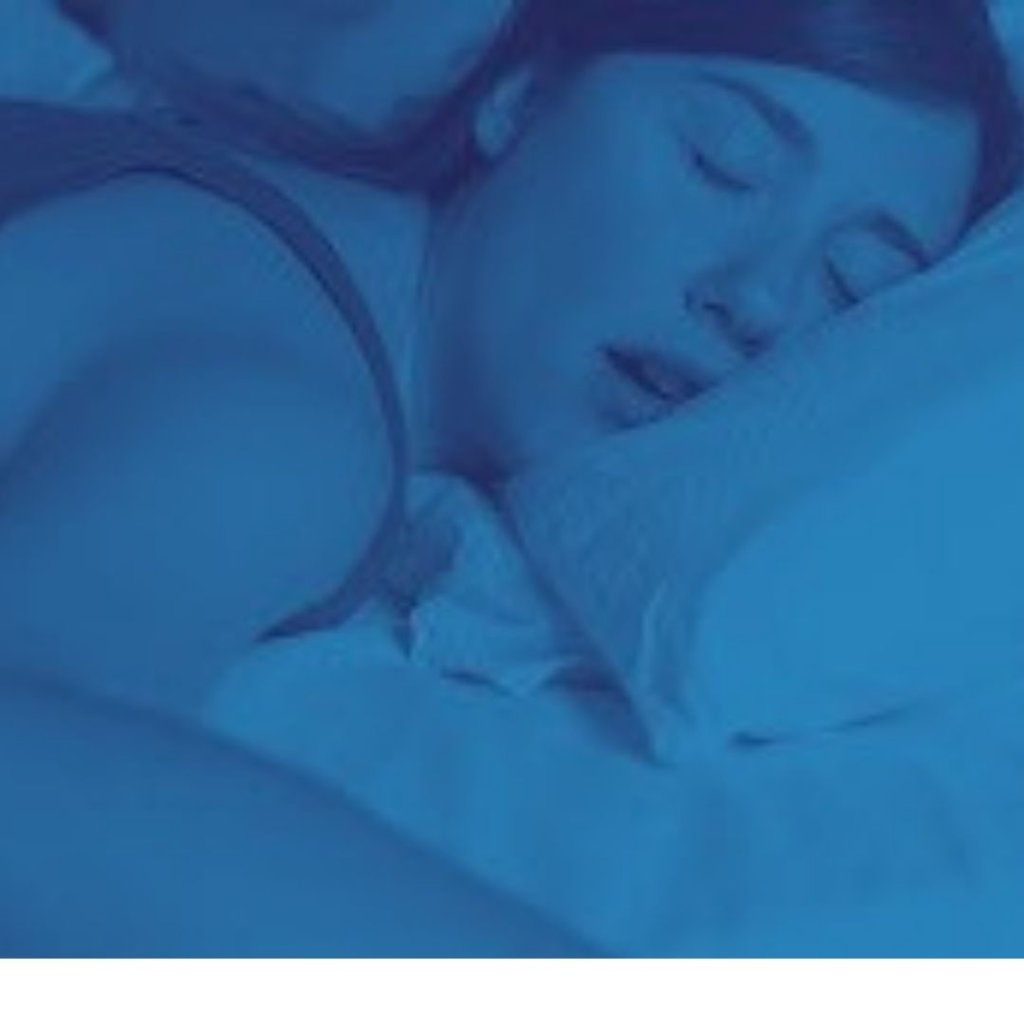
In adults, night sweats are commonly attributed to underlying chronic or hormonal issues; however, they are often associated with sleep-disordered breathing in children. During apnoeic like episodes, the body becomes stressed and produces a hormonal response akin to ‘fight or flight’. The drop in oxygen levels associated with SDB and the physical ‘sweating’ reaction is often flagged by parents and patients as one of the most noticeable improvements when correct breathing patterns are established.
Drooling
The definitive evidence of open mouth breathing during sleep is the small (or sometimes sizable) moist patches on the pillow, indicating that saliva has escaped. Drooling day or night is again the sign of incorrect or weakened muscle function. Saliva is generally contained in the mouth and swallowed during sleep, even when one is in a very relaxed state. However, when muscles are weak or the mouth is open for breathing (and very often both) the saliva escapes, often in copious amounts. Drooling in tiny babies is not unusual; however, in toddlers and older children, day or night drooling is flagged as symptomatic for sleep-disordered breathing. The overuse of dummies (pacifiers) beyond one year of age decreases oral motor tone and increases the risk of ongoing drooling issues.
Frequent waking
Waking frequently during the night for young and old persons occurs when the brain fails to transition from one sleep cycle to another with ease and without interruption. These ‘light sleepers’ often fail to enter the deep sleep phase and miss out on the positive benefits of deeper sleep stages. The brain remains active and essential processes are skipped. The brain intuitively keeps the person awake if it perceives that the airway may be compromised if it allows the sleeper to sleep too deeply.
and now for the daytime….
Concentration problems

The brain NEEDS every stage of sleep to perform at its best, no matter what your age. Nobody likes the jetlag feeling but imagine if you experienced that jet-lagged feeling every single day! Despite this, you were asked to ‘try harder’ or ‘do better’, or sit still enough to conform to the classroom or office expectations, but your brain is trying so hard to keep you awake you have to move! The protective brain, that is often trying to keep the sleeper awake, is now being additionally challenged. Ask any teacher if they can identify the tired but wired kids!
Behaviour Challenges

A tired brain cannot function correctly. This is often displayed by the sleep-deprived brain’s inability to regulate emotions and reactions appropriately. Whilst in a child this is a source of great frustration to parents, carers or teachers, teens and adults suffer the same effect. Inappropriate social responses can have lifelong implications. Tired brains do not think well, get confused easily and become ‘over sensitive’. Research has indicated that up to 50% of children diagnosed with ADHD are actually suffering from sleep-disordered breathing.
Emotional Fragility
The ability to regulate emotions requires maturity, energy and healthy brain function. During the sleep cycles, the brain takes time to reset, recharge and repair. Much of this physical work benefits psychological behaviours during wake times. For adults and children, these processors are critical to emotional stability, emotional processing and learning processes.
If the brain is deprived of the chance to do this regularly, the effects are cumulative. This is particularly important in children whose ‘fragile emotions’ can, over time, become learned behaviours.
Outbursts of anger
Rest and regulation, cleansing and restocking? This is exactly what the brain does when it is moving through the different sleep cycles. Did you know that when you are asleep the brain is not resting? It actually goes to work!

The cells open up and allow more fluid in and lots of chemical and hormonal exchanges take place. Out with the old and in with the new kind of thing! (Its called glymphatics). Hormones that control growth and immunity (among other things) are replenished during the five stages of sleep and toxins are removed. The importance of this is never so apparent as when someone (particularly a child) is trying to deal with something in a rational way, but cannot.
Excessive Energy
The human form of the energiser bunny lives in many homes where sleep is disrupted by breathing problems. The brain is so wired-up that it does not allow some folks to ‘become tired’. It keeps them so stimulated so that they do not fall asleep during the day and they become hyperactive. Children who are wired in this way are often so chronically sleep-deprived that their body does not even produce the correct hormones for them to feel tired. Sometimes the brain does this for self-preservation, knowing that if the person stops to sleep, they might stop breathing! It is essential to observe what is going on with your young folks if they suffer from excessive energy.
Waking up tired
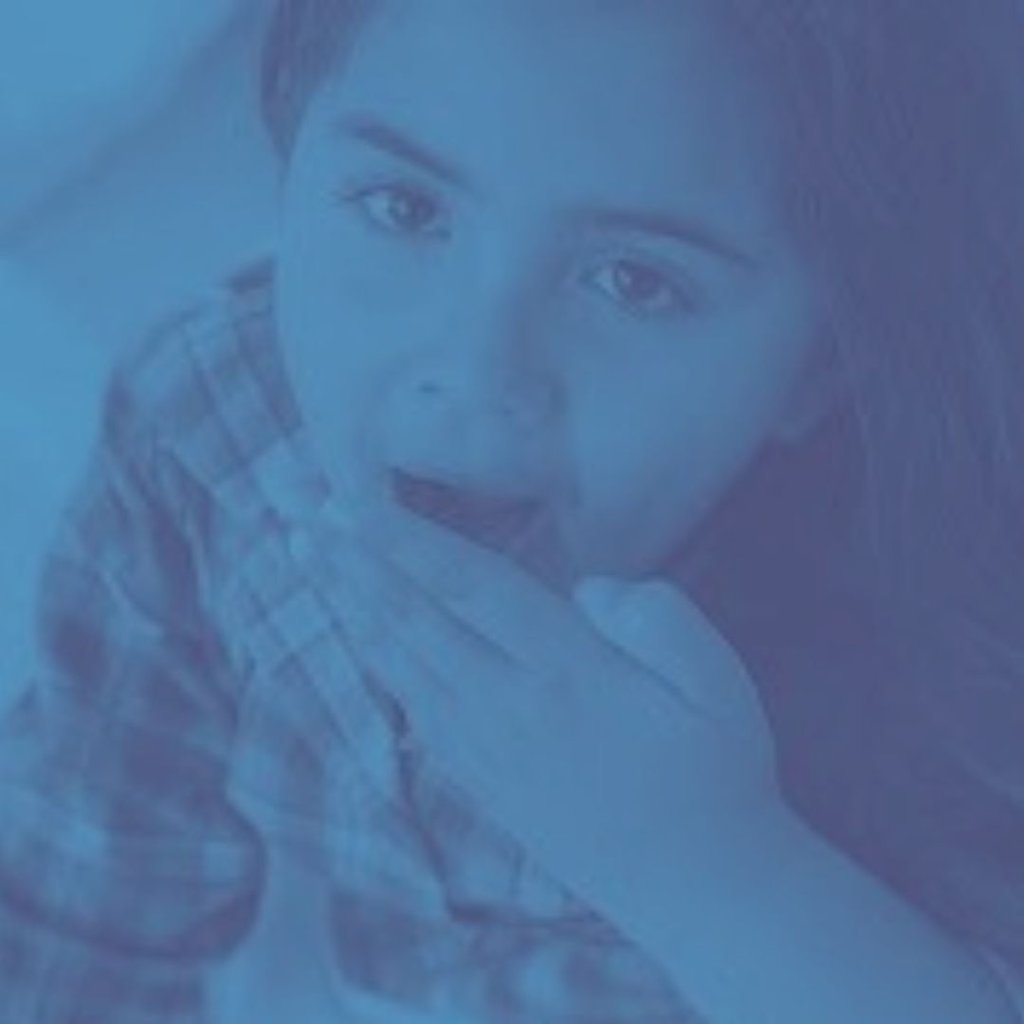
When sleep is disrupted by breathing problems during the night (obstructions or interruptions), not only is the sleeper’s brain not resting, but their whole body has to work HARDER to get oxygen – sometimes more than it does during the day! Have you ever watched someone snore or labour in their breathing? The heart and lungs are under stress, blood pressure rises, and blood oxygen levels fall. Some folks toss and turn all night as the brain tries to keep them awake to keep them breathing, and all this is physically draining. The result is they ‘wake up’ tired and cranky and definitely not ready to take on the challenges of the day!
Hay fever
Do you know anyone who experiences seasonal or chronic hay fever symptoms? Sometimes folks (including children) make adaptations to help deal with their breathing challenges, and one of them is to change from nasal breathing to mouth breathing. It’s easier to get air through the mouth when the nose is busy dealing with allergies and sneezing etc., but when the hayfever clears, mouthbreathing often becomes habitual. If you have learned anything from the recent posts, you will know how mouthbreathing compromises health outcomes. Mouthbreathing, especially at night, compromises health.
Food avoidance/ fussy eating

Ever heard the saying ‘the nose is for breathing and the mouth is for eating’? Sounds reasonable if you can do it. For folks who cannot manage to breathe through their nose, that smart brain decides that breathing is more important than eating and encourages an automatic preference for soft, easy to chew and swallow foods. They automatically avoid chewy foods and sometimes prefer to cover everything with a sauce to help it go down. Children adapt to this quickly and become ‘picky eaters’ or unadventurous and slow eaters, especially if they are encouraged to eat with their mouth closed; therefore, if your child is a ‘picky eater’, watch how they breathe at night too.
PS Adults automatically choose to adapt their food choices in the same way! 😉
Venous Pooling
Venous pooling means ‘dark circles under the eyes’. In some countries, it’s referred to as ‘allergic shiners’.The correct term is ‘periorbital hyperpigmentation’ and describes where blood pools in the area under the eye. Poor sleep quality, chronic tiredness or allergies are the most common causes and, when noticed in a young person, indicates that health is not optimal. Sometimes venous pooling is transient in nature, but when its presence is constant, it represents a red flag for allergies, poor sleep and breathing disruption, which should be addressed. Remember to find out the ‘why’ behind kids and teens who look tired because they usually are!
Hearing loss
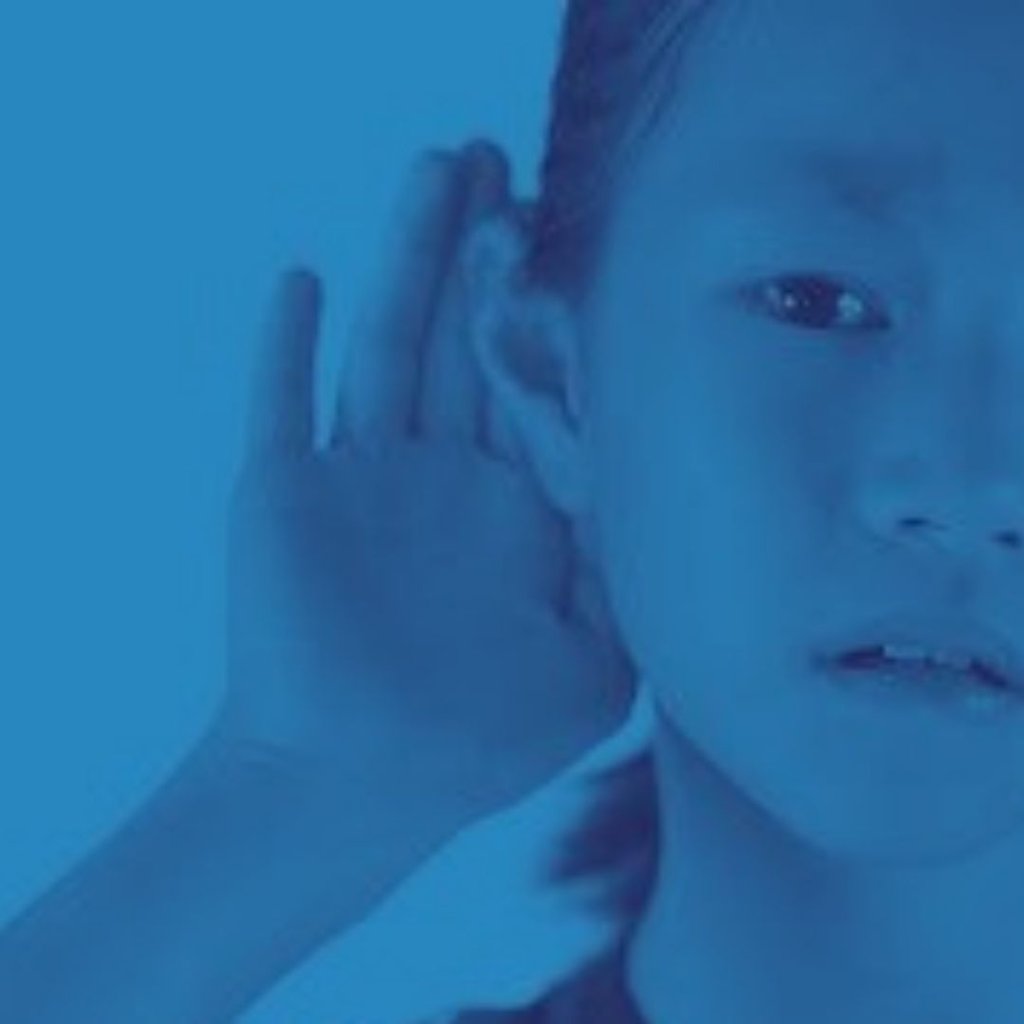
When young children get familiar with weird feelings in their ears they accept it as the norm. Those same symptoms of blocked ears or partial deafness would drive us adults crazy! However, in the child, such things become second nature, and they adapt accordingly. Blocked ears that are not ‘infected’ present no pain. Childrens anatomy is quite different to adults because their eustachian tubes are shorter and more susceptible to saliva pooling in the area and in the tube. Eustachian tubes are generally cleared by yawning or swallowing, and when this is not done well, or frequently, the tubes remain blocked. Children with correct swallowing techniques and those who are able to chew foods well, are less likely to have ear problems. Therefore, children suffering from the inability to effectively move food around the mouth, or eat ‘actively’ (sinus problems, allergies, enlarged tonsils or adenoids and tongue ties) often present with yet another symptom of sleep-disordered breathing.
This is yet another reason why babies should never be laid down with a bottle to self-feed. Not only is an incorrect swallow pattern at play, but fluids are more likely to pool in the back of the mouth…close to those short little eustachian tubes!
Speech problems
Speech problems and sleep are connected? Quite often, because the same elements that affect some of the other oral functions, like chewing, swallowing and breathing, also impact the brain’s ability to comprehend what is heard (see the previous posts) and transfer it correctly into the ‘correctly’ spoken word.
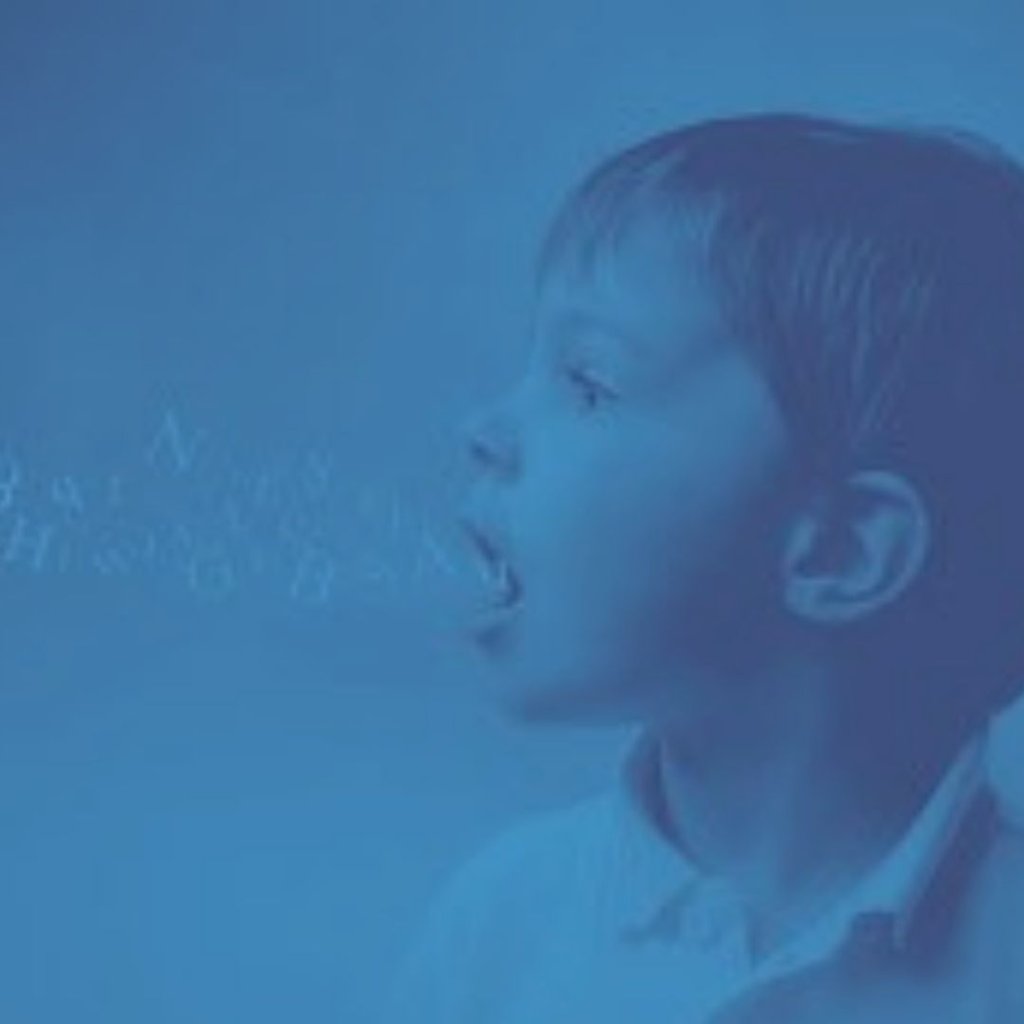
Speech clarity can be compromised by weak oral tone, habits, incorrect oral posture and breathing (think mouth breathing) and tethered oral tissues. Can you see the connection? Investigating every aspect of a child’s health history often highlights where the daytime ‘symptoms’ indicate nighttime problems.
When not addressed, the issues at hand may also hamper teeth and jaw development (narrow arches, recessed jaws and crowded teeth). Looking at the big picture is imperative!
Dry Mouth
Waking up during the night to sip water is another behavioural anomaly that some folks do not recognise as a symptom common to those who mouth breathe. The oral tissues (including lips) become dry because the saliva is not lubricating them. Under normal circumstances in otherwise healthy individuals, the oral tissues are continually lubricated with saliva when the mouth is closed. This offers protection for teeth and soft tissues and allows ease of swallowing.
The brain recognises the absence of saliva and triggers the need to ‘moisturise’, hence wakes the client up to attend to this artificially. Sipping water during the night is habitual in mouthbreathing individuals.
PS. Saliva also contains enzymes that help in digestion and minerals to help protect teeth. Don’t miss the opportunity to get those added benefits!
Blocked Nose
Blocked noses give folks of all ages significant grief. The trouble is sometimes they feel blocked, but there is nothing in them. Sometimes the intake of air through the nose is restricted because of structural concerns and the breather defaults to mouth breathing. Deviated septums, inflamed turbinates or alar collapse or even a high and narrow palate. These issues often reduce the capacity to breathe nasally so much that medical or other intervention is required to remedy or assist in making things easier. If mouth breathing is used consistently (day or night), less than optimal oxygen is obtained for health and wellbeing.
Morning Headaches
Waking from sleep with a headache is common in children and adults who have sleep apnea or obstructive sleep disorders. This concern is attributed to the drop in oxygen levels and a buildup of carbon dioxide when breathing stops or is consistently interrupted. The nervous system is affected when blood flow to the brain is lowered, causing headaches, and affects memory and moods.
Remember this symptom. When trying to discover the cause of morning headaches, sleep issues are not always considered. 😉
School Performance.
“Johnny is a bright boy, but he needs to concentrate more, listen better, sit still, stop talking or try harder”! Many parents hear these words at report time or parent interview meetings. Reflecting on the hurdles their child might be facing is essential to helping change school performance results, and evaluating the QUALITY of sleep is vital.

No one can be their best when the brain/body connections are sub-par, and sleep-disordered breathing is railroading optimal performance. Suppose learning and ‘learned behaviour’ during a child’s early years is compromised by the brain’s inability to function at its best? The fallout can be a life-long educational struggle and a whole lot of lost potential.
Remember to look and listen to your child as they sleep and learn to recognise some of the sleep interruption symptoms. Your little Johnny is worth it!
Bad Breath
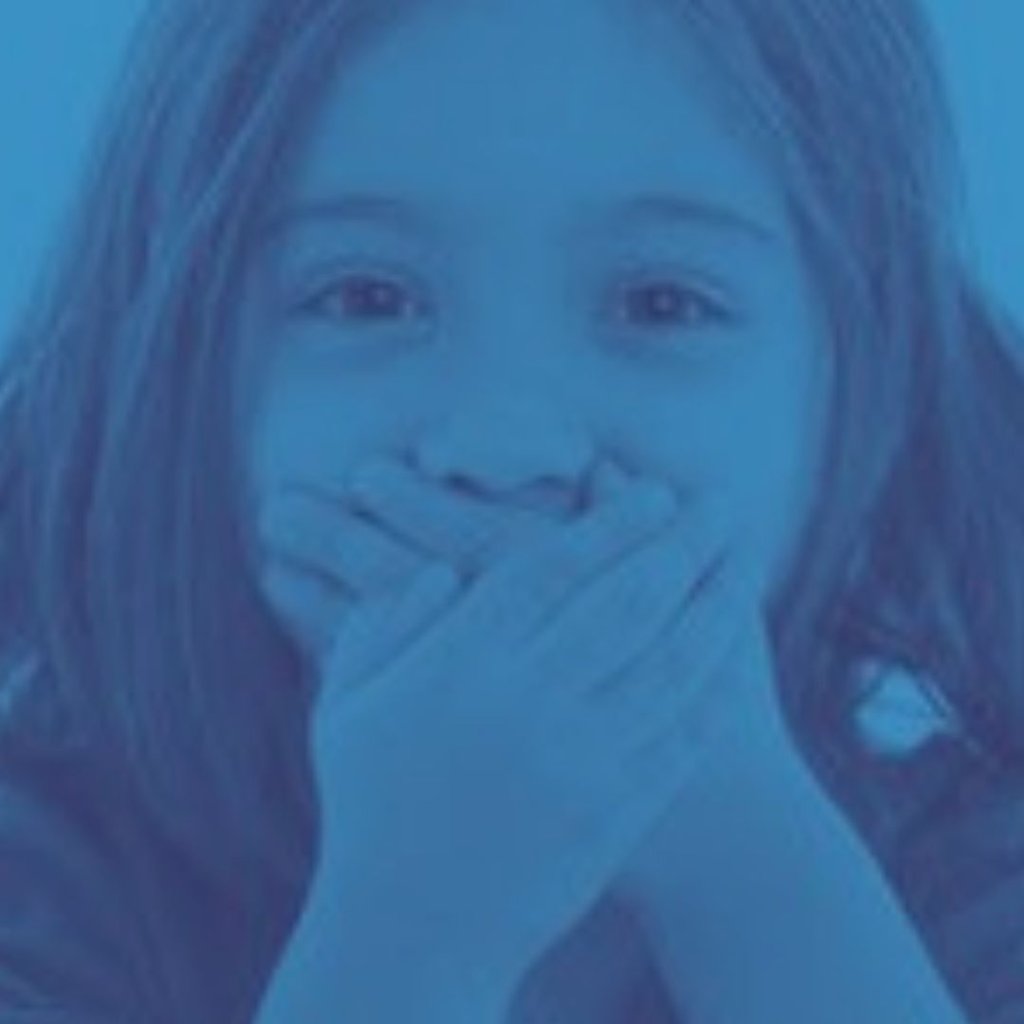
Halitosis, or bad breath, originates from the bacteria in the mouth which are essential and make up the oral environment’s natural flora. However, these bacteria thrive in an oxygen-rich environment and therefore reproduce well in a dry mouth. They become a problem when they consume the microscopic particles of food left on the teeth, tongue or around gums and produce sulphur like odours. A closed mouth (especially at night) allows a reduced opportunity for this to occur and although the breath may be a little stale, it is not as offensive.
In many ways, mouth breathing during the day or night in an unhealthy habit! 😊
Choking of food
As parents, we try our best to ensure our children eat well. Some kids have a ‘knack’ of chewing their food and then either pocketing it in their cheeks or gagging or choking on the food.
Unless you understand the function of swallowing, you may dismiss this as just a phase or assume your child is ‘just being difficult’. Imagine the shock of finding out that your child has a physical blockage that prevents him from swallowing. When the swallow action starts, the nasal airway typically opens, and food is then directed to the stomach via the oesophagus. However, if there is a physical blockage from enlarged tonsils or adenoids, the mouth breathing child has no options but to stop breathing to eat or risk having food go down the ‘wind pipe’ into the lungs. It is a fine line of unnecessary coordination that the child (or adult) has to manage, and eating patterns change accordingly. Similarly, If the tongue is so restricted (tied) that it cannot move the food around the mouth or down into the stomach efficiently, a choking sensation is often experienced. They will automatically alter their diet and have food preferences that require little chewing and slips down easily, cover it in a sauce to help with the swallow, or chew the food and refuse to swallow at all.
Those same symptoms are the ones that hamper nasal breathing during the day and night and can be a potential indication of the status of the airway. If your child is exhibiting this behaviour, it’s best to ‘act’ and not ‘react’!
Tonsillitis History

Repeated bouts of tonsilitis may result in permanently enlarged lymphatic tissue; actually, any infection can do this. However, if the tonsil tissue is enlarged enough to obstruct the back of the throat, it may also block the nasal airway. Generally, tonsillar tissue can be observed visually. However, we cannot see adenoid tissue. Adenoid tissue can be more obstructive than tonsil tissue and is diagnosed when the patient is ‘scoped’ by their ENT and sometimes via radiographs. The obstruction caused by enlarged lymphatic tissue can be significant, forcing a child (or adult) to become a mouth breather. If you have learned anything from the information provided in previous posts on sleep-disordered breathing, you would understand the detriment to health and well-being.
The removal of enlarged tonsils and/or adenoid tissues does not reduce long-term immunity responses or future infections. However, when the presence of such tissue is linked to adverse outcomes experienced by those with sleep-disordered breathing, the removal may be well worth considering.
The symptoms of sleep-disordered breathing can be assessed by a wide variety of knowledgeable health practitioners. Sadly, many parents/patients are dismissed, and the symptoms described as not being important or, particularly in children, are advised ‘most kids do that’. With one Melbourne study revealing that is 35% of preschoolers had sleep-disordered breathing, and understanding the impact of the symptoms, the struggle for families is real!
Adults often find their way into pharmacies and assume that C Pap machines are the answer, without a full assessment of the contributing problems.
May your sleep be restful, healing and healthy!
